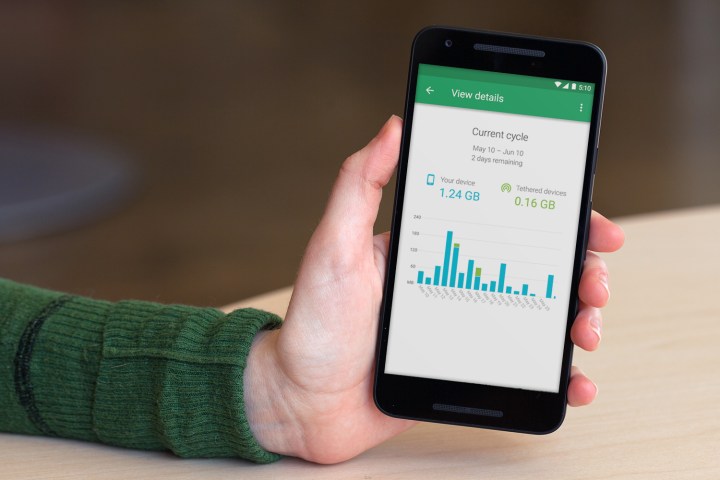
What does this mean? If you have a data-only device like the Nexus 9 LTE lying around, you can order a data-only SIM for it from Google. The best part of this announcement? It’s free. You don’t need to pay to add a device, and just like the phone plan, you pay for the amount of data you use. Added devices share the same data budget as your primary phone using Project Fi. You can add up to nine devices and can cancel them at any time.
It’s a neat update, as most carriers typically do charge a fee per device.
The Project Fi support page lists the following devices as compatible: Nexus 7 — K009 (US LTE); Nexus 9 — 0P82300 (US LTE); iPad Air 2 — Model A1567; iPad mini 4 — Model A1550; and the Galaxy Tab S — Model SM-T807V.
But that doesn’t mean those are the only devices that are supported. If your device is unlocked and works with T-Mobile (has a GSM radio), the data-only SIM should still work, and Google is inviting subscribers to order a SIM to test it out. To grab a SIM card, head to the Project Fi website, go to the account tab and and visit “Your Plan.” Then select “Add data-only SIM,” and Google will send one over to you. If you order one for you smartphone, do note that you cannot send texts or make calls on a cellular network with a data-only SIM.
Keeping track of data usage is pretty simple as well. Google says all you have to do is check your data usage as you normally would, and there will be a breakdown for each device. Unfortunately, the support page does note that you cannot tether from a device with a data-only SIM.
The new feature is rolling out gradually and Google says subscribers should see the option to order data-only SIMs within the next few days. If you want to sign up for Project Fi, you can apply to the early access program here.

